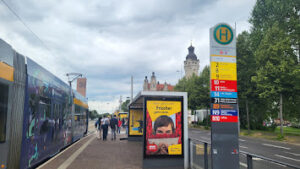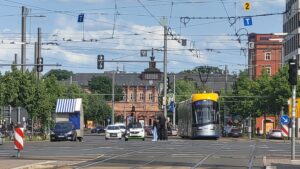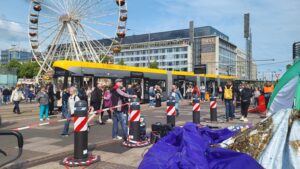The tram system is impressive. It’s efficient and clean, smoothly operating alongside buses, trucks, and cars on the roads. I initially wondered why a city would invest in both buses and trams, considering they often run on the same streets. However, I realized that each mode of transport likely serves different purposes and meets unique needs that the government intends to address.

Experiencing this level of Mini Metro in real life has been nothing short of amazing. I appreciate how the digital boards at the stations and inside the trams are precise—something many other countries could learn from. It has been so straightforward to navigate that I didn’t need my phone until yesterday to determine which station I should get off at.

Additionally, the feature that allows tram doors to open at specific stations with a button click shows how considerate the system is of people’s time.

Overall, I love how easy it is to get around the city. I’m pleasantly surprised by how quickly I’ve become familiar with the tram routes. In less than a week, I’ve learned to navigate from Brittestraße, past the Hauptbahnhof, Nordplatz (where we learn), and Reudnitz (where I stay).
Experiencing European public transportation is always transformative — I find myself imagining how easy my life would be if I could take a tram from Lawrenceville (where I live) to Princeton (where I work) and not spend ages driving around looking for parking. I grew up in Boston where there are trams and subways, but the inefficiency was mind numbing. And NYC subway has its liabilities. The best subway I’ve ever been on was in Shanghai (!). But German trains and public transportation are truly inspiring.. and make life fun to navigate!